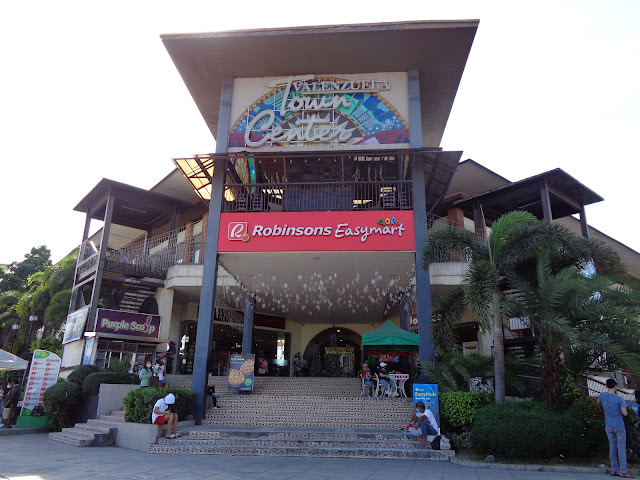 |
| Valenzuela City |
In Spanish, Valenzuela is a diminutive form of Valencia which means "little Valencia".
Before 1960, Valenzuela was formerly known as Polo.[14] The name Polo was derived from the Tagalog term pulô, which means "island" or "islet", although the area was not an island itself. The town of Polo was entirely surrounded by the rivers, thus, creating an impression of itself being an island.
During the Spanish era, present-day Valenzuela, Obando and Novaliches (now in Quezon City) were parts of Bulacan.
When Manila became an archdiocese in 1595, regular friars who had already established permanent churches in Catanghalan, Bulacan (now Meycauayan) decided that the sitio of Polo be separated from the town and have its own church to cater its increasing spiritual needs.
A new pueblo was carved out of the northwestern area of Polo on May 14, 1753, by the orders of the Governor-General Francisco Jose de Obando y Solis, Marquis of Brindisi. The new town was named Obando in honor of the governor general, and was incorporated to Bulacan.
In 1869, Filipino physician and patriot Pío Valenzuela was born in Polo. He would be later known as one of the key leaders of the Katipunan, which he joined in 1892 at the age of 23.
In 1910, a stone arch was built at the boundary of Polo, Bulacan and Malabon, Rizal along Calle Real.
On July 21, 1960, President Carlos P. Garcia signed Executive Order No. 401 which divided Polo into two: Polo and Valenzuela. On September 11, 1963, President Diosdado Macapagal signed Executive Order No. 46 which reunified Valenzuela and Polo, adapting Valenzuela as the name of the resulting town.
On November 7, 1975, jurisdiction over Valenzuela was moved from the province of Bulacan to Metro Manila. Metro Manila was then headed by First Lady Imelda Marcos as its governor. Due to this, Valenzuela is the only area in the modern National Capital Region that was not part of either Spanish colonial-era Manila or Rizal province.
SOURCE: Wikipedia

Comments
Post a Comment